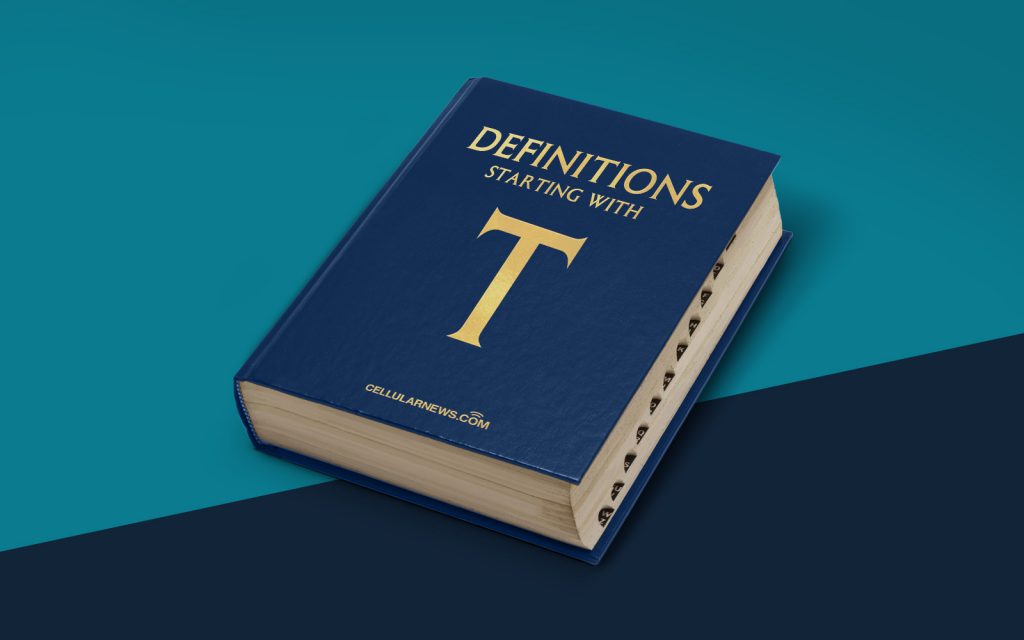
What Is Tether (USDT)? Backing, Controversies, and Outlook
Welcome to the DEFINITIONS category of our blog! In this article, we will dive into the world of Tether (USDT), one of the most popular stablecoins in the cryptocurrency market. As an expert in the field, I’ll provide you with a comprehensive understanding of what Tether is, how it is backed, discuss controversies surrounding it, and give you an outlook on its future. So, let’s get started!
Key Takeaways:
- Tether (USDT) is a cryptocurrency that is designed to maintain a stable value by being pegged to a traditional fiat currency, such as the US dollar.
- Unlike other cryptocurrencies, Tether aims to eliminate the volatility often associated with digital assets, making it a popular choice for traders and investors.
What Is Tether (USDT)?
Tether (USDT) is a digital currency that was created to bridge the gap between traditional fiat currencies and cryptocurrencies. It was launched in 2014 by the company Tether Limited, with the goal of providing stability in an otherwise volatile market. The concept behind Tether is to have a cryptocurrency that is backed by a reserve of assets, typically in the form of US dollars.
Tether operates on blockchain technology, primarily using the Omni Layer protocol on the Bitcoin blockchain. This allows for quick and secure transactions, while also ensuring transparency through the public ledger.
Backing and Reserves
The stability of Tether relies on its backing, which means that for every USDT token in circulation, there should be an equivalent amount of fiat currency stored in reserve. Initially, Tether claimed to have a ratio of 1:1, meaning that each USDT was backed by one US dollar. However, this claim has been a subject of controversy and scrutiny.
In recent years, Tether Limited has changed its approach and now states that the reserve is no longer solely US dollars but also includes other assets, such as cash equivalents and other cryptocurrencies. This change in transparency has caused concern among some individuals within the crypto community, who question the true value and stability of Tether.
Controversies Surrounding Tether
Tether has faced various controversies and criticisms throughout its existence. One major concern is whether the company has sufficient reserves to back the USDT tokens in circulation. This lack of transparency has led to allegations of market manipulation and artificially inflating the value of Bitcoin.
Furthermore, Tether has come under investigation by regulatory authorities, including the New York Attorney General’s office. They alleged that Tether Limited had misled investors about the true backing of its stablecoin and engaged in unauthorized trading in the state of New York.
Outlook for Tether (USDT)
Despite the controversies, Tether remains one of the most widely used stablecoins in the cryptocurrency market. Its stability and liquidity make it a popular choice for traders, exchanges, and investors alike. The company has taken steps to improve transparency by providing periodic reports on its reserves, although full audits are still pending.
As regulatory scrutiny increases in the crypto industry, Tether will need to ensure that it complies with the necessary regulations and fully backs its tokens with transparent reserves. This will be crucial for maintaining trust and stability in the market.
In conclusion, Tether (USDT) is a stablecoin that aims to provide stability by being pegged to traditional currencies, such as the US dollar. While controversies and concerns exist surrounding its backing and transparency, it remains a prominent player in the cryptocurrency market. As the industry evolves and regulatory frameworks develop, it will be interesting to see how Tether adapts and meets the expectations of regulators and investors alike.
